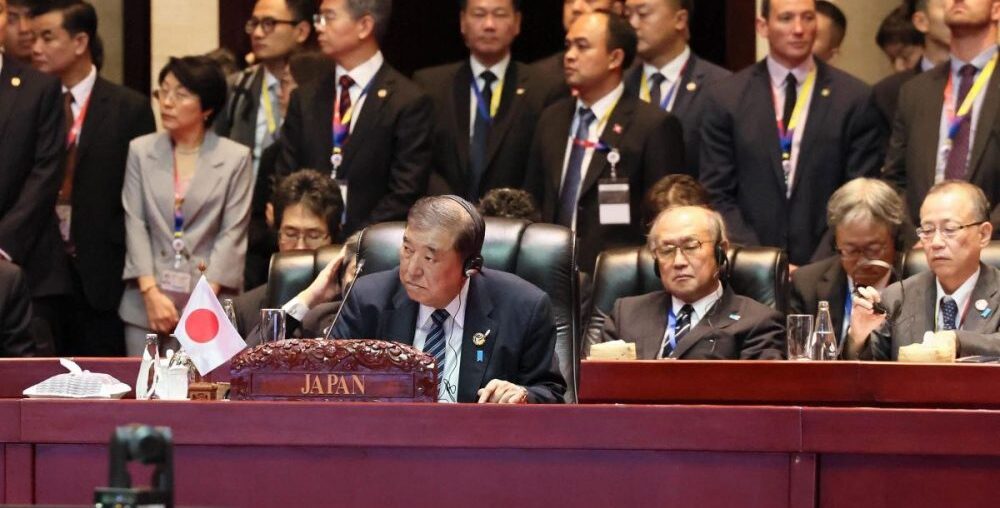Recently on October 11, the 19th East Asia Summit (EAS) was held in Vientiane, the capital city of Laos. This gave the newly-minted Japanese Prime Minister Shigeru Ishiba an opportunity to meet his EAS counterparts. It also marked his first overseas trip after taking over as the prime minister on October 1.
The East Asia Summit is the premier forum in the Indo-Pacific region. It is attended by the leaders of the 10 ASEAN nations and eight other countries, including Australia, China, India, Japan, New Zealand, South Korea, Russia and the United States.
Observers were looking for any possible signs of departure from the policies of the former Japanese Prime Minister Fumio Kishida. However, for the time being, PM Ishiba seems not to have made any changes.
In his remarks at the East Asia Summit, Ishiba noted that “[W]e must not tolerate any unilateral attempts to change the status quo by force or coercion anywhere in the world. To lead the region toward cooperation rather than division or confrontation, it is essential to maintain and strengthen a free and open international order based on the rule of law.”
During this trip, he also convened the Asia Zero Emission Community (AZEC) leaders meeting. In addition, he held bilateral meetings with the leaders of Laos, Vietnam, and Australia, along with India.
PM Ishiba also has continued the strong critical line on Russia taken by his predecessor. In Laos, he pointed out that the “ongoing Russia’s aggression against Ukraine is a blatant breach of international law”.
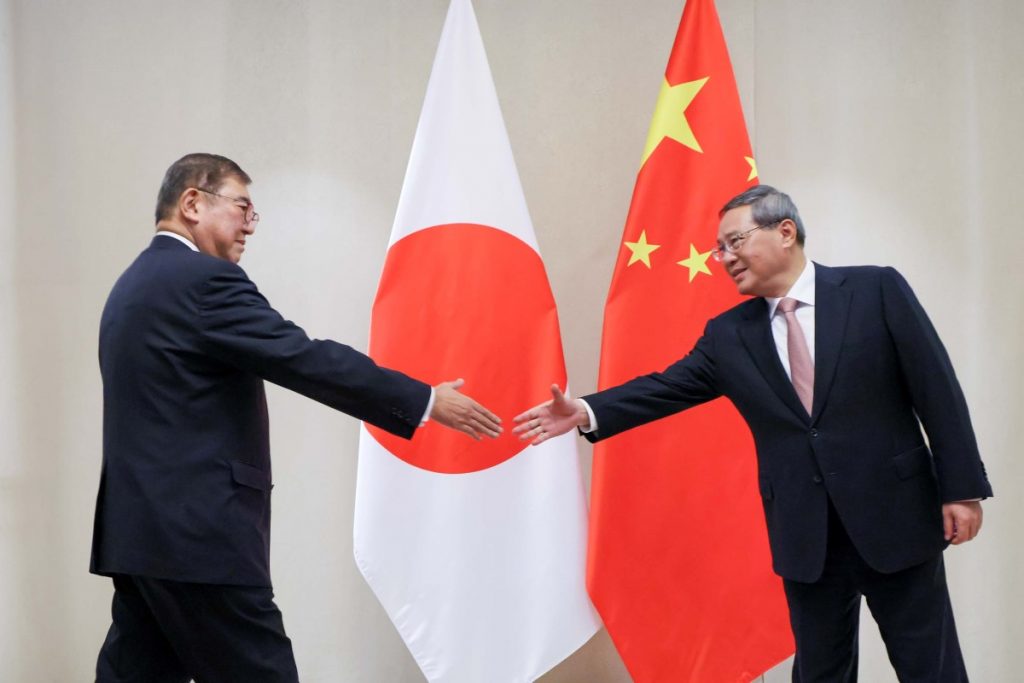

What’s at Stake?
Quite a few issues were at stake.
First, there are Japan’s ties with its neighbors, particularly China and South Korea. During this visit, he had a chance to meet the Chinese Premier Li Qiang. He also held discussions with South Korean President Yoon Suk-yeol. These were his first in-person meetings with foreign leaders as the prime minister.
Peace and tranquillity in its immediate neighborhood are crucial for Japan. Therefore, it seems, the new PM is looking to stabilize the situation in the region while shoring up his popularity at home. It is worth mentioning here that Ishiba faced stiff opposition before he won the LDP presidential election.
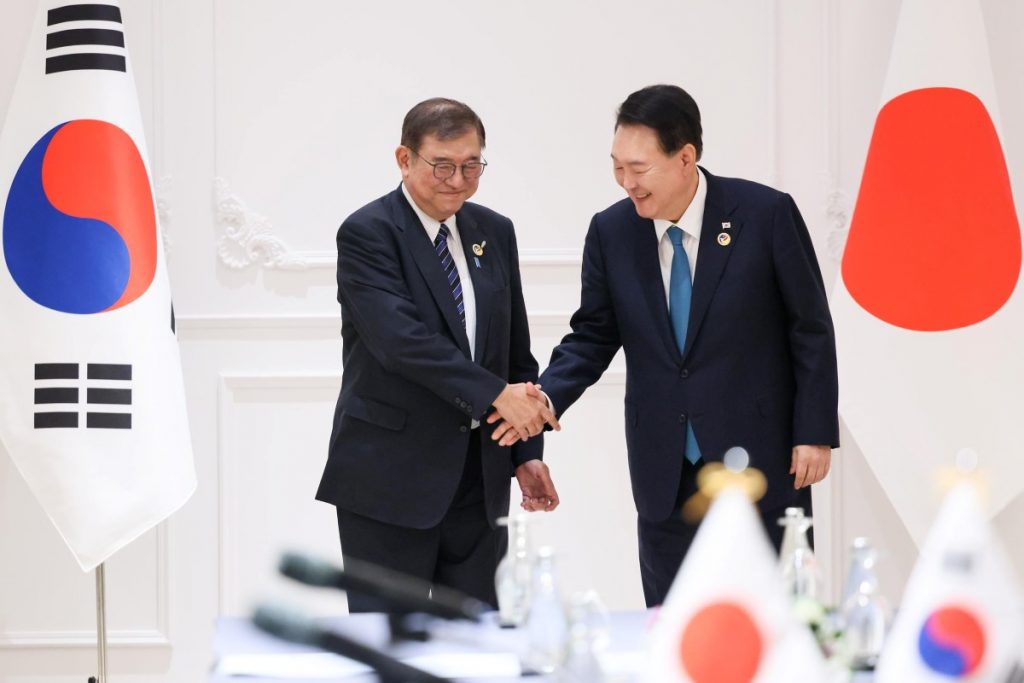

Second, for Japan, the ASEAN grouping is key as the region faces challenges from China, both in the security and the economic realms. The ASEAN region represents big opportunities for Japanese business investment since Tokyo has been trying to move its production supply lines from China to countries in the ASEAN region. This priority has risen especially in the wake of the coronavirus outbreak. Though it is a process that began during the tenure of former Japanese PM Shinzo Abe, there has not been much progress on this front.
Third, PM Shigeru Ishiba has been known as a defense geek. Therefore, he could very well ramp up Japan’s defense budget. If communications are not handled carefully, this could unsettle many of the ties in the neighborhood. Hence, it was good for him to meet the leaders of the EAS countries face-to-face.
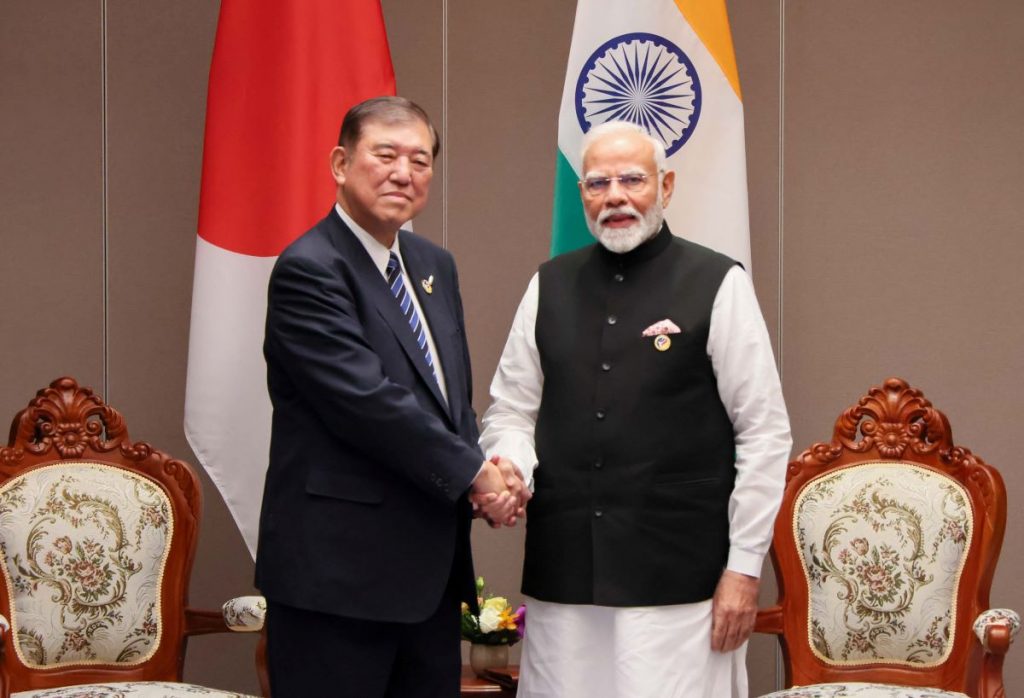

The India Connection
In Vientiane, PM Ishiba also had a bilateral meeting with Indian PM Narendra Modi. Ties with India are among Japan’s closest ties in the recent times. PM Ishiba noted during his interaction with his Indian counterpart that
he “hopes to further promote cooperation in the fields of economy, security, and people-to-people exchange and he would like to move forward concrete cooperation in preparation for Prime Minister Modi’s visit to Japan.”
For India too, the East Asia Summit was an important forum to pass on its concerns. PM Modi said in a speech: “I come from the land of Buddha, and I have repeatedly said this is not an era of war; solutions to problems cannot come from the battlefield”. This means that India is not taking sides openly with Russia nor with Israel as a series of wars rage through in different parts of the world.
New Delhi has always had close ties with the ASEAN nations. Those have also improved since the enunciation of the “Act-East Policy” in the early 1990s. The “Act-East Policy,” which was earlier known as the “Look-East Policy,” aims to foster close ties between India and countries in Southeast and East Asia.
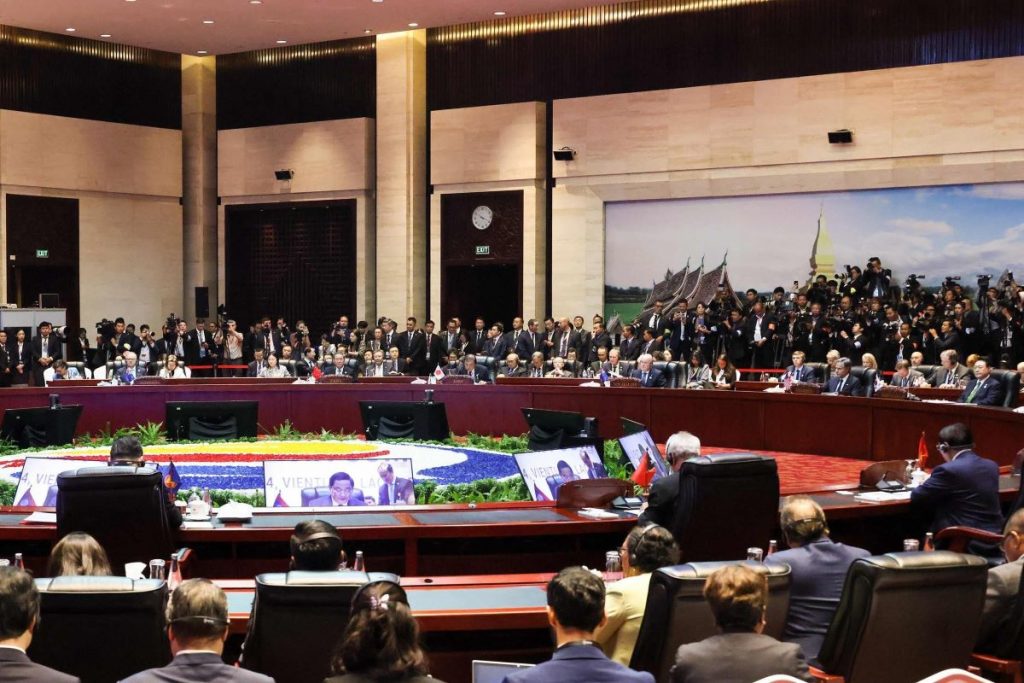

Challenges
What might curtail PM Ishiba’s options is that he has called for general elections on October 27. In addition, he had put forth a proposal for an “Asian NATO.” That idea did not find any takers, either within or outside the country.
In addition, there are other challenges. One is the fact that some ASEAN countries have developed closer ties to China. Cambodia is a case in point. In addition, Myanmar is also another worry area, especially because Japan has huge investments in the region.
There is no doubt that this is a good beginning for the Japanese PM on the external front. However, he does not have the luxury of time as he takes on a litany of challenges on the external and domestic fronts.
RELATED:
Author: Dr Rupakjyoti Borah
Dr Rupakjyoti Borah is a Senior Research Fellow at the Japan Forum for Strategic Studies. The views expressed here are personal.
